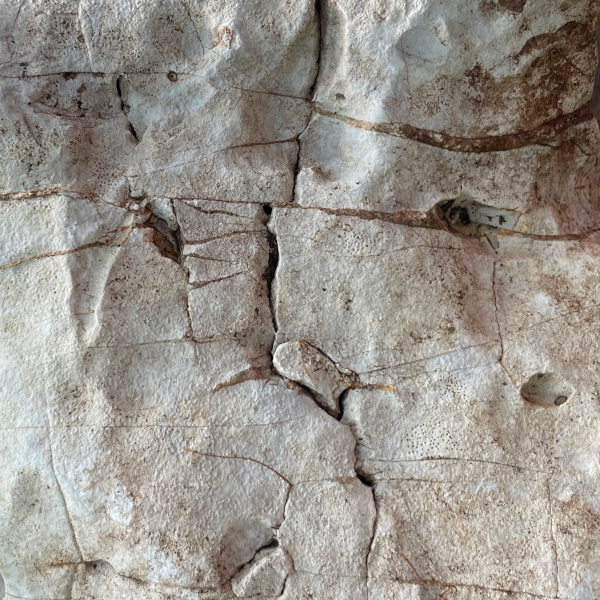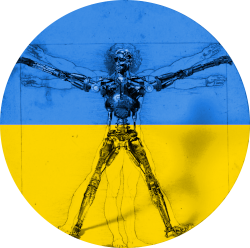
PLOTTING POETRY 9: Discord and Dissonance
17-18-19 June, 2026Caen, France
Call for papers
Plotting Poetry is a conference series focussed on computational, statistical and other quantitative approaches for the study of poetic texts, and of poeticity more broadly.
This quantitative focus, this insistence on the formalization and operationalisation of texts, from simple pen and paper counting and compiling to complex algorithms, provides us with a number of paths to analyze, describe, interpret, attribute, classify, track and generally access the texts. The Plotting Poetry conferences bring together a friendly community of researchers, and articles rooted in the conference papers have given rise to several peer-reviewed collective volumes.
The name of the group stems from an effort to translate a (perfectly serious) pun by the French modernist poet Guillaume Apollinaire, who in 1917 wrote that poets should “[machiner] poetry as has been done for the world”, where the verb machiner is visibly used for mechanize, although it really means to plot, as one would plot a coup. In this group, we are plotting against our own limitations by trying to plot literature on graphs, devising mechanized approaches to dissect the mechanics of poetry.
This year, the conference’s theme is mismatch phenomena: discordances, discrepancies, overlaps, incongruences, even disharmonies in poetry, and how they relate to concordance and consistency phenomena. This raises the general question of how different levels of analysis offer different structural understandings of the same versified objects, an insight into the conflicts between different scales (typographic, metrical, syntactic, prosodic, semantic, pragmatic, but also any other structural mismatches), and how these mismatches tend not to fit our expectations.
Enjambment is a typical example of such discordance. The question of whether metrical structure conflicts with syntactic or rather with prosodic structure, however, is still debated. Moreover, is there a reason why metrical structure should interact only with syntactic or prosodic structure? Does it not interact with other discursive aspects? Moreover, it is useful to explore any element that appears detached or shifted, happening too early or too late, placed under focus, to examine occurrences that are either more or less predictable, or which give rise to unpredicted scenarios.
Papers addressing such topics, from a production or a reception perspective, from any register, from any time period and any language area, are all welcome.
This focus on any type of mismatches and on enjambment in particular is not an exclusive one, and we encourage the submission of papers that use quantitative tools and methods in investigating poetry or poeticity, regardless of their link to the theme. Besides, as has been traditional at Plotting Poetry conferences, works on other genres may also be included, provided that a mechanization or quantification apparatus is being used to explore their poeticity.
Some of the topics to consider include but are not limited to:
- to what extent do mismatch phenomena need convergence phenomena to stand out?
- effects of mismatches on metrical regularities
- enjambment / rejet / contre-rejet (frequency, distribution, strength…)
- enjambment and type of metres
- typical and atypical use of metres for certain registers
- in plays: speech turns / metrical regularities / prosody or syntax
- free and strict verse
- automatic detection of mismatches
- …
For this 9th Plotting Poetry conference, we will be convening in Caen, France.
Please, submit your abstracts (max. 1600 characters including spaces) via this form until March 1, 2026.
Should you have any further questions, you can get in touch at: plottingpoetryconference@gmail.com
| Timeline |
Deadline for submission of abstracts: 1 March, 2026
Notification of acceptance: 15 March, 2026
Confirmation of participation: 1 May, 2026
|
| Organizers & programme committee |
Éliane Delente
Stéphane Ferrari
Pablo Ruiz Fabo
Petr Plecháč
Anne-Sophie Bories
|
